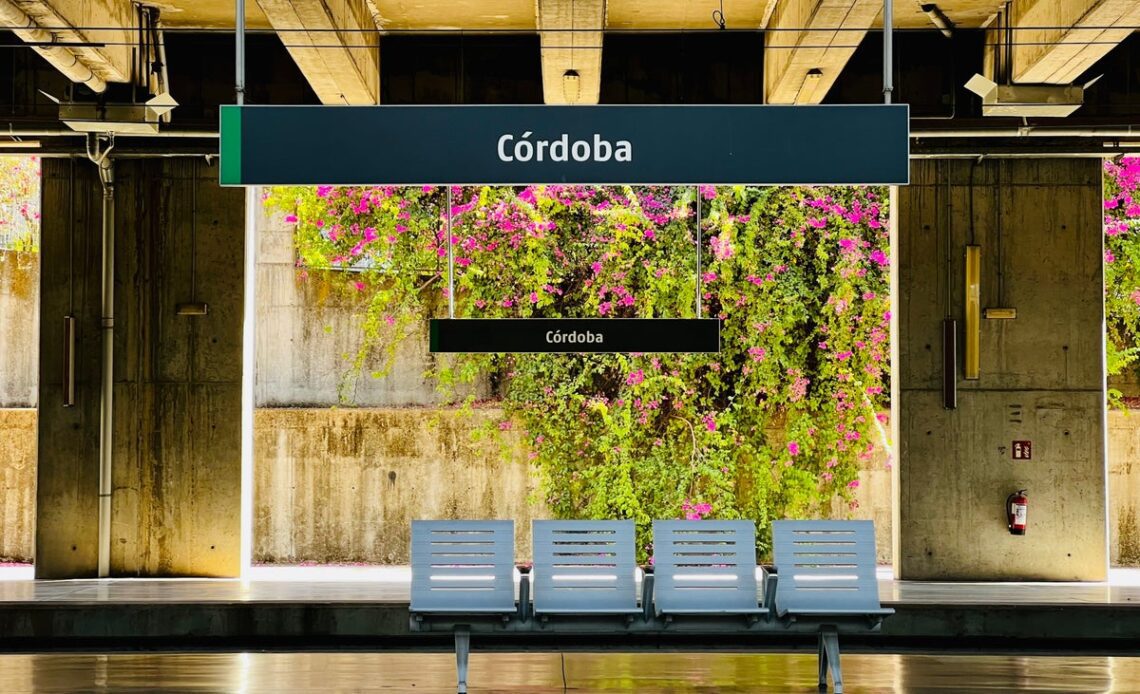In July, the Spanish government declared many of its trains would be free from 1 September to 31 December – an initiative focused on alleviating financial pressures on commuters.
Taking advantage of the offer as a tourist was a non-starter due to having to select a regular route and repeating it much like, well, a commuter. Another aspect of the scheme, however, is 50 per cent off a ‘BonoAve Flexible’ pass on high-speed ‘Ave’ trains – taking it from €735 to €367.50 – which includes 10 journeys plus free returns on various cities’ metropolitan ‘Cercanías’ networks (normally around €10 a pop depending on the length of journey).
To test whether visitors could turn this to our advantage, I decided to travel 572 miles down the spine of Spain – from Bilbao to Malaga – using my complimentary access to the metro system to see the quieter corners of each metropolis.
Bilbao-Vitoria-Gasteiz-Valladolid
Grey skies loomed over Bilbao on the last day of August, producing a light but consistent drizzle – a rain locals refer to as chirimiri. From my terrace in the ultra-polished NYX hotel, I could see the large, curved roof of Abando station, glistening invitingly in the low light. My first train ticket was booked, on the easy to use Renfe app, but the free ‘Cercanías’ aspect would not be activated until my next stop via the QR code on my ticket. The app also told me how much CO2 I’d saved by choosing train over plane; for example, the longest journey – from Madrid to Cordoba – produced 9.7kg of CO2 per traveller, as opposed to 137kg for the equivalent flight. Not bad.
Stained glass artistry at Bilbao Abando station
(Matt Charlton)
The following morning, I visited the Frank Gehry-designed Guggenheim Museum Bilbao, with its exhibitions of contemporary and modern art, and explored the colourful, street art-clad alleyways of the old town, before walking to the station to find that more creativity awaited: a giant, stained-glass arch on the main concourse, depicting the trades of Basque country. QR code scanned, I boarded the train; a free rail initiative instructional video played on the screens.
Changing at Miranda De Ebro, a 90-minute train ride south, I double-checked that the short onward journey to Vitoria-Gasteiz, the seat of Basque government, was included in my ticket. The assistant told me that, although the likes of Bilbao, Malaga and Madrid possessed Cercanías, they didn’t have the same system here – I’d have to pay. Telling him the…
Click Here to Read the Full Original Article at The Independent Travel…
